Sanssouci Palace
The "Prussian Versailles" that is as glorious today as when it was built.
Built in the 1740’s to act as the summer estate of Prussian king Frederick the Great, Sanssouci Palace has managed to maintain its opulence though hundreds of years worth of war and political upheaval.
The French expression “sans souci” roughly translates to “carefree,” as this was Frederick’s primary ethos when constructing the estate, working comfort and beauty into every inch of the location. The architectural style is classically Rococo with florid tapestries and ornate reliefs carved on the walls. Frederick exerted so much of his personal taste into the design and decoration of the palace that many scholars refer to the style as “Frederician Rococo.”
Much smaller than many European royal houses, the palace features just ten main rooms spread out across a single story, not unlike a more grand version of a Roman villa. While the main palace building is comparatively small, the park surrounding the complex is sprawling with gardens, colonnades, fountains and statuary dotting the verdant landscape. There is also a terraced vineyard at the foot of the palace.
Many of the works of art from inside the palace were removed during World War II to preserve them and many of the site’s original works are being slowly returned today. Unlike many of the symbols of royal decadence, Sanssouci managed to come through East Germany’s tumultuous 20th century unscathed, despite a fairly rapid succession of governments. The modern palace is protected by the German government as a national landmark and is kept in remarkably terrific condition for the thousands of visitors the site welcomes each year.
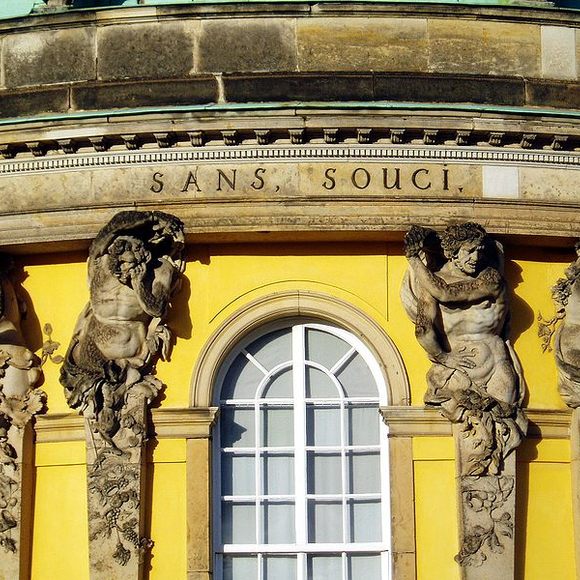







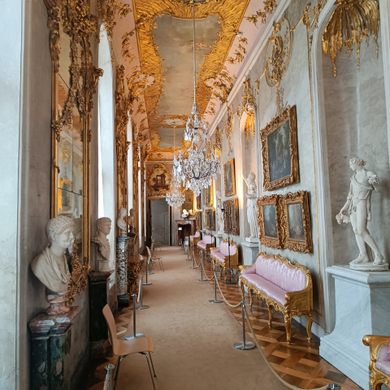
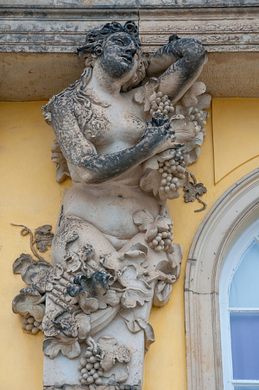
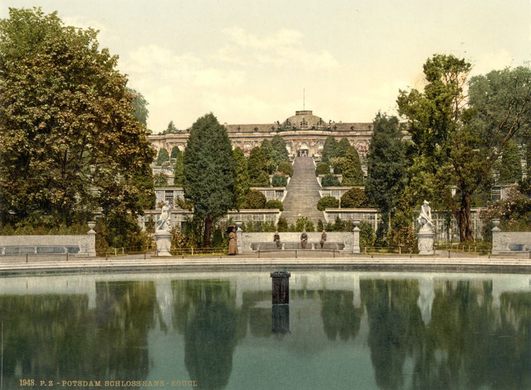
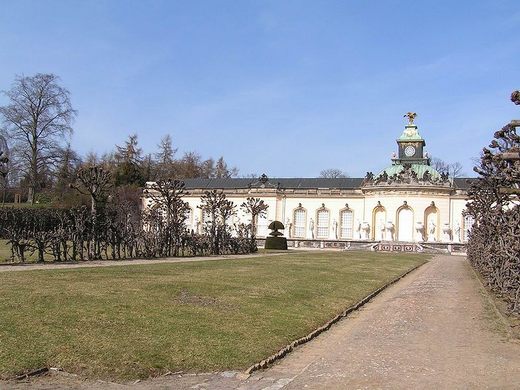
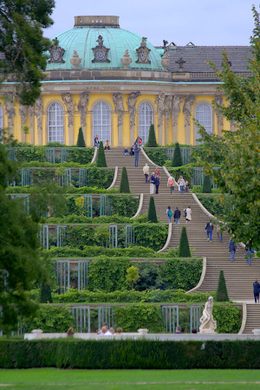
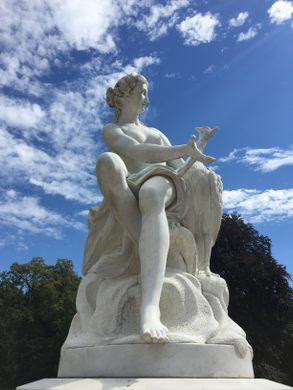

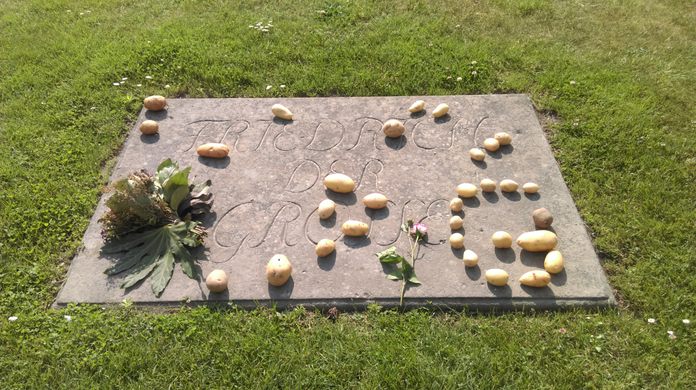

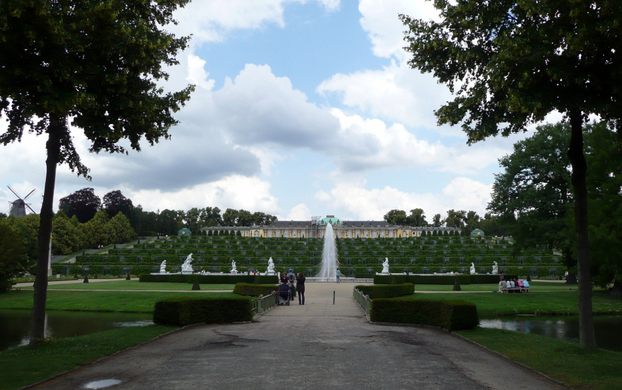

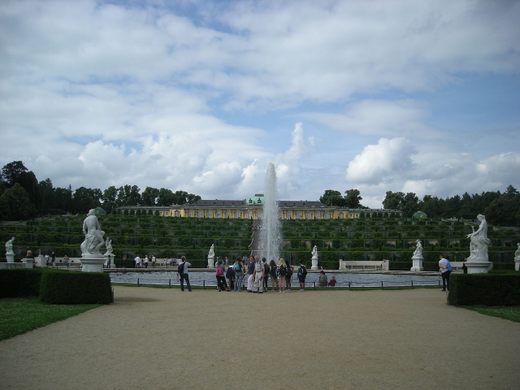

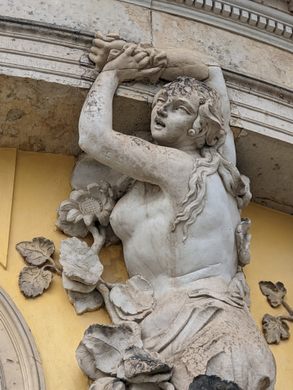
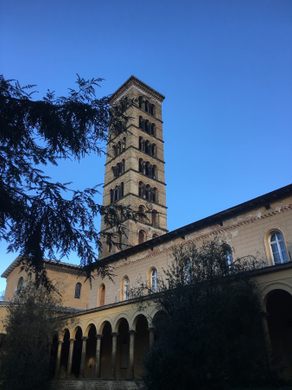



















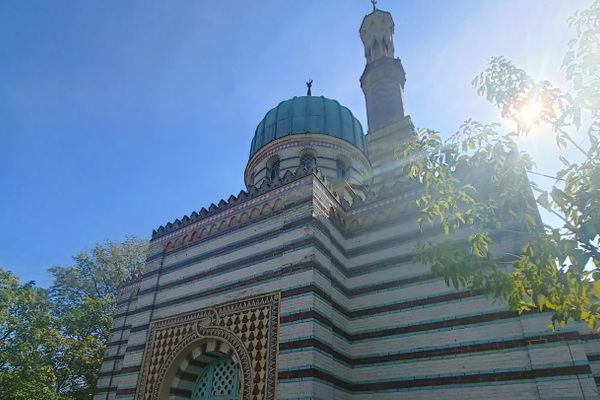



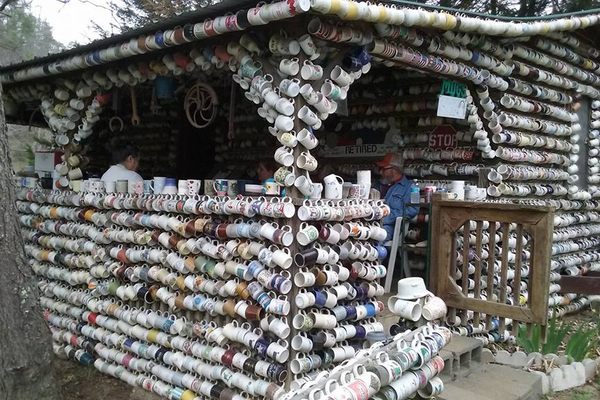
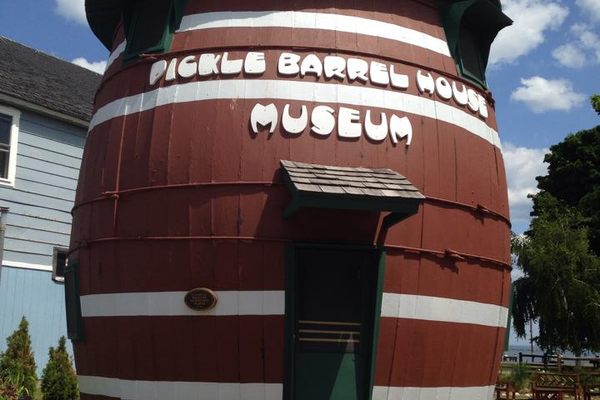


Follow us on Twitter to get the latest on the world's hidden wonders.
Like us on Facebook to get the latest on the world's hidden wonders.
Follow us on Twitter Like us on Facebook